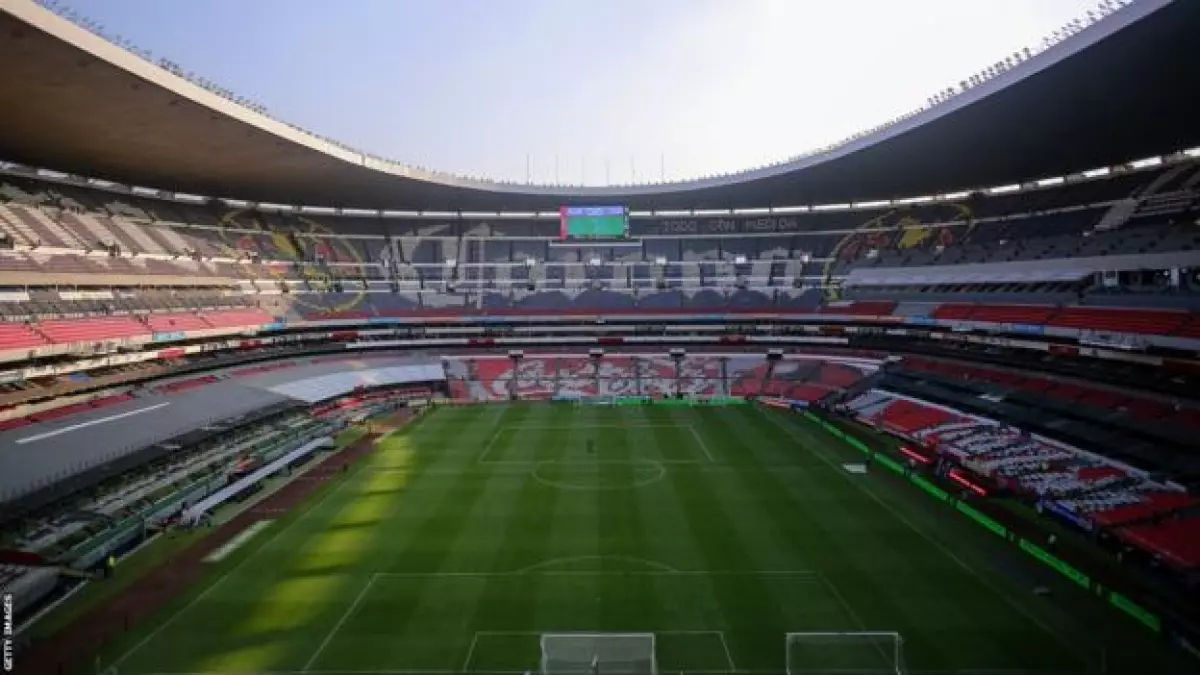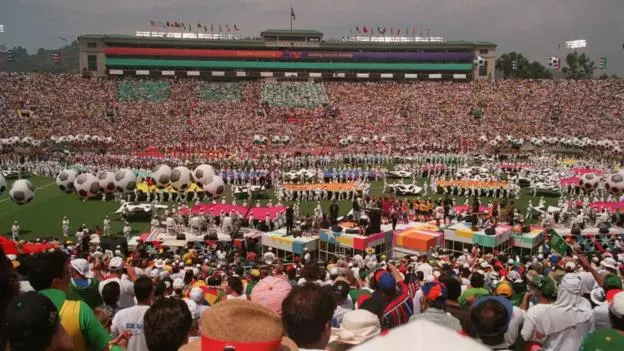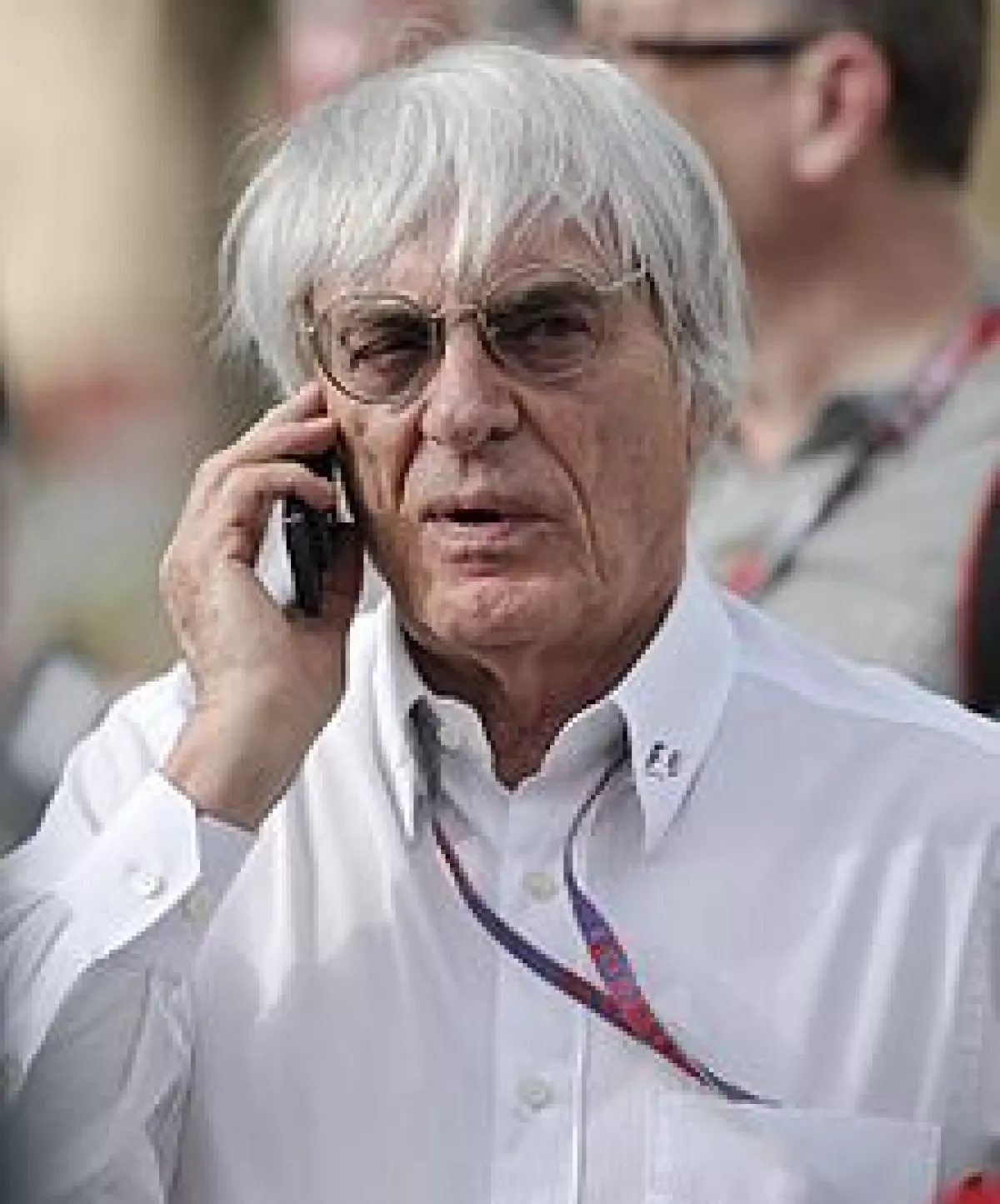 The Estadio Azteca in Mexico City is the only stadium being used in 2026 that was used in the 1970 and 1986 World Cups
The Estadio Azteca in Mexico City is the only stadium being used in 2026 that was used in the 1970 and 1986 World Cups
Qatar 2022 will go down as the most "compact" FIFA World Cup in history - but 2026 will be very different. Get ready for an expanded competition with 16 additional teams, meaning more matches to keep soccer fans on the edge of their seats.
The tournament will still be played out within five weeks from mid-June 2026, but questions will be asked about the amount of travel players and fans will have to make. This time, the World Cup will be held in 11 US cities, along with three venues in Mexico and two in Canada. Sustainability will be an important issue due to the considerable number of flights needed to transport teams, fans, media, and FIFA officials across three countries.
Why Will There Be More Teams Than Ever Before in 2026?
 The World Cup final in 1994 was held at the Rose Bowl stadium in Pasadena, California
The World Cup final in 1994 was held at the Rose Bowl stadium in Pasadena, California
FIFA is expanding the next men's World Cup finals from 32 to 48 teams. This expansion will generate more money through sponsorships, merchandising, ticket sales, and broadcast revenues. FIFA expects to earn a staggering $11 billion over the four-year cycle up to December 2026. With the popularity of football in North America continuing to grow, bumper crowds are expected at the next World Cup. FIFA projects that as many as 5.5 million fans will attend the tournament, surpassing the record 3.6 million supporters who attended games in 1994.
FIFA claims that much of the increased profit will be redistributed to football development around the world, including investment in expanding the women's game. The expanded format will increase the number of competing teams from all of the world's football federations. Oceania will be given one guaranteed spot at the finals, and in 2026, there will be a minimum of 17 teams from across Africa and Asia. Additionally, a minimum of six Concacaf teams, including Canada, Mexico, and the United States as hosts, will qualify for the World Cup.
Where Will the Matches Be Played in 2026?
The 16 venues for the 2026 World Cup were announced in June, with all the grounds already built, primarily large-capacity stadiums used by NFL teams in the United States. Some of the stadiums will undergo upgrades, and artificial turf will be replaced with natural grass surfaces as per FIFA regulations. The format for 2026 will feature 80 matches across the tournament, with the United States hosting 60 matches, including every match from the quarter-finals onward, while Canada and Mexico will each host 10 matches.
The host venues for 2026 are:
United States
- New York/New Jersey (MetLife Stadium)
- Los Angeles (SoFi Stadium)
- Dallas (AT&T Stadium)
- San Francisco Bay Area (Levi's Stadium)
- Miami (Hard Rock Stadium)
- Atlanta (Mercedes-Benz Stadium)
- Seattle (Lumen Field)
- Houston (NRG Stadium)
- Philadelphia (Lincoln Financial Field)
- Kansas City, Missouri (Arrowhead Stadium)
- Boston/Foxborough (Gillette Stadium)
Canada
- Toronto (BMO Field)
- Vancouver (BC Place Stadium)
Mexico
- Guadalajara (Estadio Akron)
- Mexico City (Azteca Stadium)
- Monterrey (BBVA Bancomer Stadium)
The geographical spread for the next World Cup has not yet been announced, but it is likely that teams will play their group-stage games in regionalized zones. This approach should help reduce the amount of travel needed, at least for part of the tournament. The three main venue clusters are:
Western region:
- Vancouver
- Seattle
- San Francisco Bay Area
- Los Angeles
- Guadalajara
Central Region:
- Kansas City
- Dallas
- Atlanta
- Houston
- Monterrey
- Mexico City
Eastern Region:
- Toronto
- Boston
- Philadelphia
- Miami
- New York/New Jersey
How Will the 2026 Finals Be Structured?
 The MetLife Stadium in New Jersey could host the final
The MetLife Stadium in New Jersey could host the final
The final decision on the structure of the 2026 World Cup will be made by the FIFA Council in 2023. Initially, there was a favored option for 16 groups of three teams, with each team playing two group games instead of three. The first two teams from each group would progress to a new round of 32. However, concerns arose about the potential for collusion between teams in the last fixture to ensure both advance, as seen in the infamous "Disgrace of Gijon" in 1982.
Considering the success of the four-team group format in 2022, FIFA President Gianni Infantino stated that the structure for 2026 will be revisited. He mentioned the possibility of either having 16 groups of three or 12 groups of four. The final decision will ensure fairness and excitement for both players and fans.
Another interesting possibility, although currently unlikely, is the elimination of draws in group-stage matches. If teams were tied after 90 minutes, the outcome could be decided by a penalty shootout without the need for extra time.
Where Will the FIFA World Cup 2026 Final Be Played?
 The MetLife Stadium in New Jersey could host the final
The MetLife Stadium in New Jersey could host the final
The host city for the 2026 World Cup final has not yet been decided but will be announced within the next year. The front-runner for hosting the final match is the MetLife Stadium in East Rutherford, New Jersey. With a seated capacity of 82,500 and home to the New York Giants and New York Jets NFL teams, the MetLife Stadium offers a grand stage for football's most prestigious event.
The Azteca Stadium in Mexico has also been suggested as a potential host for the opening match, but FIFA President Infantino emphasized the need for careful consideration and planning before making final decisions. Regardless of the location, every match in the 2026 World Cup will be a spectacle worthy of the final itself.
And What About 2030?
That year will mark a special centenary event, commemorating 100 years since the first FIFA World Cup in Uruguay, which was contested by just 13 teams. Uruguay has long claimed that it should be awarded the tournament, possibly in a joint bid with Argentina.
Spain and Portugal also hope to be put forward by UEFA as potential hosts, while England has dropped its interest in favor of bidding for UEFA Euro 2028. Other interested parties include Scotland, Wales, Northern Ireland, and the Republic of Ireland. Saudi Arabia might also be a potential bidder, although the high summer temperatures in the Middle East could require the tournament to be held in winter.
The hosts for the 2030 tournament will be decided by the FIFA Council in 2024, and it promises to be an occasion to celebrate the rich history and bright future of international football.
















